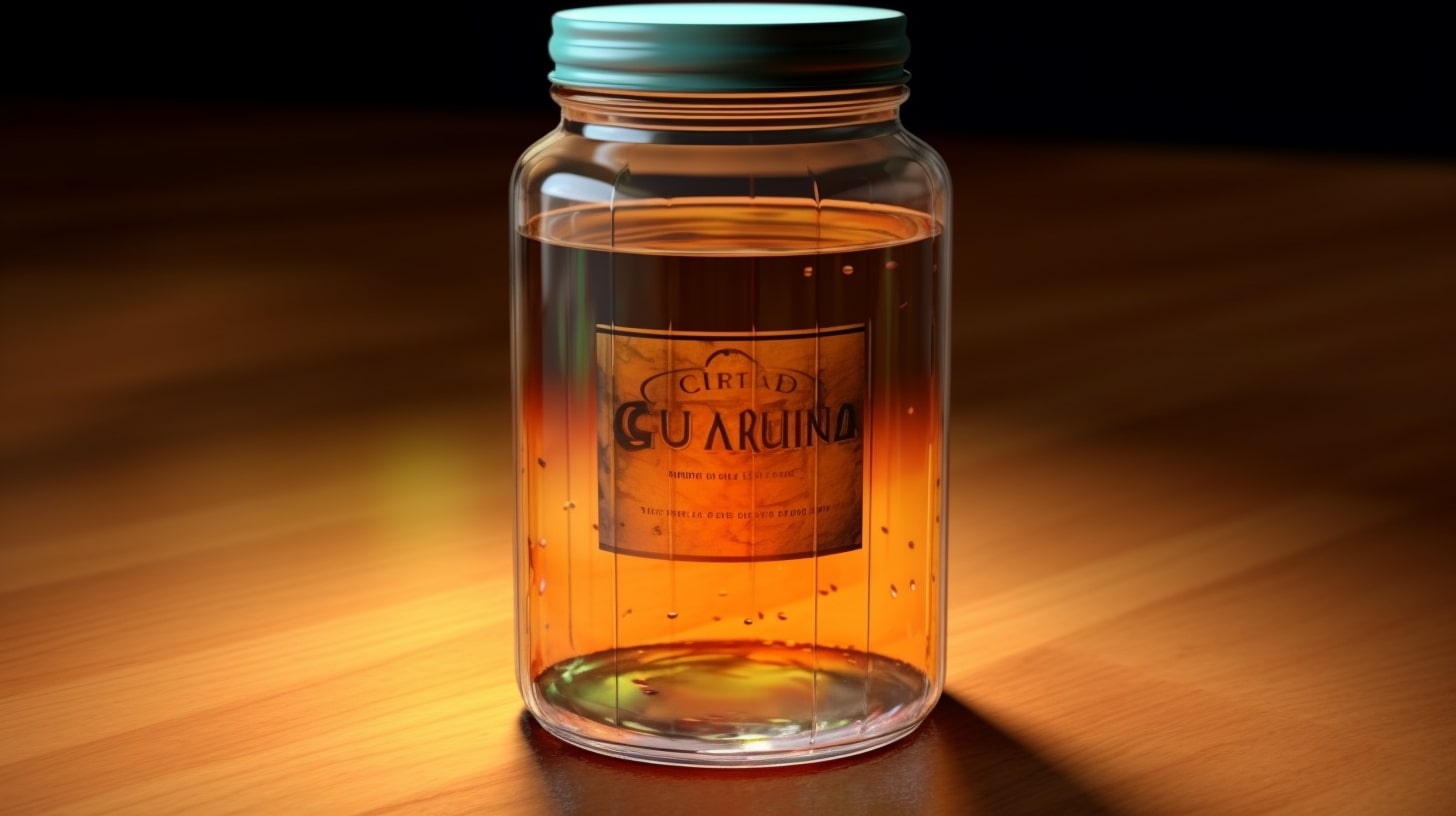Understanding the precise measurements in the kitchen is essential for achieving accurate and consistent results in cooking and baking. Among the various units of measurement, ounces, and quarts play a crucial role in determining the quantities of ingredients needed for a recipe.
In this article, we will delve into the conversion between quarts and ounces, with a specific focus on understanding how many ounces are present in 2 quarts. By following a step-by-step guide, you will gain the necessary knowledge to confidently convert quarts to ounces, thereby empowering your culinary skills.
In the world of culinary measurements, quarts, and ounces are commonly used units that provide precise quantities for liquid ingredients. A quart is a larger unit of measurement compared to an ounce, with 1-quart equivalent to 32 fluid ounces. This conversion is particularly useful when scaling recipes or ensuring accurate ingredient proportions.
To convert 2 quarts to ounces, it is crucial to understand the relationship between these two units. By following a systematic approach, you will be able to master the conversion process and confidently measure ingredients in ounces when necessary. This article will guide you through the step-by-step process of converting 2 quarts to ounces, equipping you with the knowledge and precision required for successful culinary endeavors.
Understanding the Importance of Measurements in the Kitchen
Understanding the importance of measurements in the kitchen is essential for achieving precise and consistent results in culinary endeavors, as accurate measurements ensure the desired balance of flavors and textures.
Measuring ingredients accurately is crucial to follow recipes correctly and achieving the intended outcome.
Common measurement conversions, such as converting quarts to ounces, allow for accurate scaling of recipes and ensure that the right amount of each ingredient is used.
By understanding the importance of measurements and utilizing common conversion techniques, cooks can confidently create dishes that consistently deliver the desired taste and texture.
Converting Quarts to Ounces: The Basics
Converting quarts to ounces requires a basic understanding of the conversion ratio between the two units of measurement. To convert quarts to ounces, it is important to know that there are 32 fluid ounces in a quart.
This conversion ratio allows for a simple calculation to be made when converting between the two units. For example, if you have 2 quarts of liquid, you can multiply this quantity by the conversion ratio of 32 to obtain the equivalent amount in ounces, which in this case would be 64 fluid ounces.
Similarly, when converting gallons to ounces, it is useful to know that there are 128 fluid ounces in a gallon. In the case of liters, the conversion ratio is 33.814 ounces per liter.
By understanding these conversion ratios, individuals can accurately convert between quarts, gallons, liters, and ounces, ensuring precise measurements in the kitchen.
Converting 2 Quarts to Ounces: Step-by-Step Guide
To accurately determine the equivalent amount of liquid in ounces when given 2 quarts, a step-by-step guide can be followed.
First, it is important to understand the concept of converting liquid measurements. In this case, we are converting quarts to ounces.
The conversion factor for this particular conversion is 32, as there are 32 ounces in 1 quart.
To convert 2 quarts to ounces, multiply 2 by 32, which gives us 64 ounces.
By following this step-by-step process, we can easily convert 2 quarts to ounces.
The conversion factor is a key component in understanding how different units of measurement related to each other, and it allows for precise conversions between various liquid measurements.
Converting liquid measurements using conversion factors is a fundamental skill in many fields, such as cooking, chemistry, and engineering, where precise measurements are crucial.
Understanding these conversion factors empowers individuals to accurately modify recipes, conduct experiments, or complete tasks that require precise liquid measurements.
Mastering Measurements: Empowering Your Culinary Skills
Mastering measurements in the culinary world is essential for enhancing your skills in the kitchen and achieving precision in recipe execution. Accurate measurements are crucial for achieving consistent and delicious results in cooking and baking.
To ensure accuracy, it is important to have essential kitchen tools for accurate measurements, such as measuring cups, spoons, and a kitchen scale. These tools allow you to measure ingredients in precise quantities, ensuring that your recipes turn out as intended.
Additionally, every cook should be familiar with common measurement conversions. Understanding how to convert between different units of measurement, such as ounces to quarts, can be helpful when following recipes or adjusting ingredient quantities. This knowledge enables you to make necessary adjustments and substitutions, ensuring that your dishes are perfectly balanced and flavorful.
By mastering measurements, you can confidently navigate the culinary world and unlock your full potential in the kitchen.
Conclusion
In conclusion, understanding measurements is crucial in the kitchen as it allows for accurate and precise cooking and baking. Converting quarts to ounces is a basic skill that all cooks should master, as it is a commonly used measurement in recipes.
This article has provided a step-by-step guide on how to convert 2 quarts to ounces, ensuring that the conversion process is clear and easy to follow.
By mastering measurements, you can empower your culinary skills and confidently experiment with different recipes. Whether you are a professional chef or a home cook, having a strong understanding of measurements will not only improve the outcome of your dishes but also enhance your overall cooking experience.
Measurements provide consistency and precision in recipes, ensuring that the right amount of ingredients are used, resulting in a balanced and delicious final product.
So, next time you come across a recipe that calls for 2 quarts, you can confidently convert it to ounces and measure your ingredients accurately. Remember, precision is key in cooking, and mastering measurements is an essential step toward becoming a skilled and knowledgeable cook. Happy cooking!
